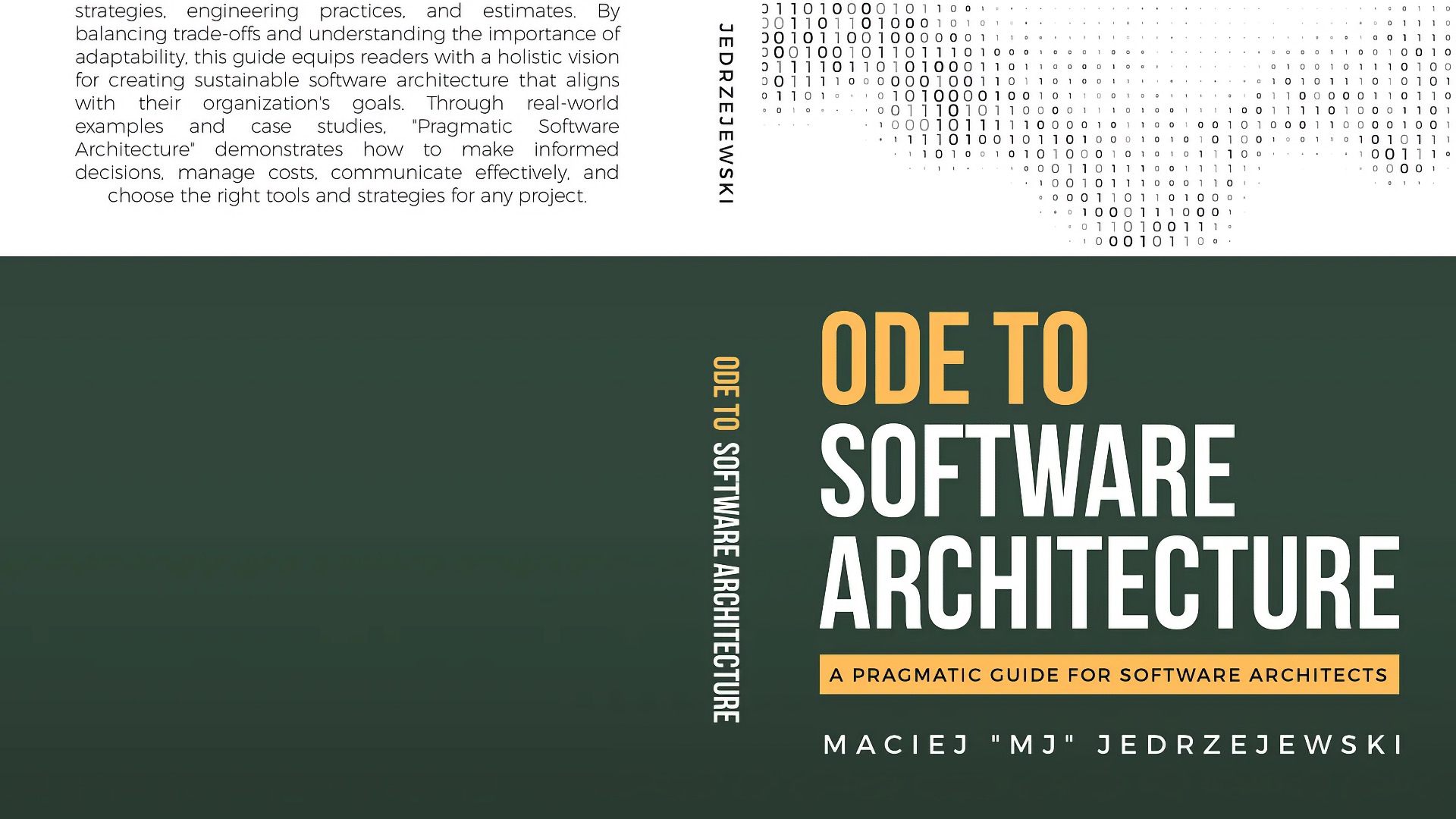Exploring Various Market Instruments: Defining Targets and Potential Features
If you’re a complete rookie considering making your first steps on financial markets – this guide is your flashlight in the financial fog.
21К открытий43К показов
Today’s financial ecosystem is so complex that navigating it is like solving a puzzle with ever-shifting pieces. If you’ve ever wondered how to make sense of the market’s countless tools – believe me, you are not alone. In this article, I will explain the complexities of modern market instruments to help you make informed asset choices on your way to financial stability. Together, we will pinpoint your target audience, look at key factors you should weigh when assessing market tools, and examine various risk management strategies that will ensure you’re not just surviving but thriving in the financial markets.
Whether you’re a complete rookie considering making your first steps on financial markets or a budding investor looking to build up and organize your knowledge about various market instruments – this guide is your flashlight in the financial fog. Are you ready to demystify market instruments and take control of your financial future? Let’s start!
The Basics
At their core, market instruments are contracts. They represent claims or obligations and facilitate a wide range of activities – buying and selling assets, risk management, and even income generation. Here are some most common types:
- Equity: Commons stocks represent ownership in a company and give you voting rights, while preferred stocks offer a fixed dividend.
- Debt: Government and corporate bonds are essentially loans made by investors to borrowers in exchange for periodic interest.
- Commodities are physical goods such as oil or agricultural products, often traded through futures contracts.
Derivatives are complex tools deriving their value from an underlying asset. Options are contracts that give you the right to buy or sell an asset – stocks, bonds, or commodities – at a fixed price before a specified date, while future agreements obligate its parties to buy or sell assets at a specific date.
Naturally, market instruments are far more diverse; this article wouldn’t be able to fit the list of all the existing types! Shares may be convertible or redeemable, there are high-yield and low-yield bonds, and you may have heard about such exotic-sounding tools as swaps, currency pairs, and credit derivatives. Cryptocurrency is also a type of market instrument! What adds an extra layer of complexity is that market instruments aren’t static. Economic shifts, policy changes, and global events can affect their value. Talking of cryptocurrency, do you remember how it stormed onto the scene, altering investment portfolios worldwide? This dynamism challenges investors to stay educated and adaptable, keeping an eye on market trends and emerging asset classes.
So – how do you know which instruments you need? Let’s puzzle this out.
Target Audience is the Key
When you consider the market instruments to use, the first step is to identify your target audience. Who are you investing for – yourself? your family? a company? or even a portfolio of clients? The answer to this question is essential.
Your target audience often depends on who you are. There is no universal approach to investing, most of all because investors themselves are so diverse:
- Retail investors are people like you and me, often dealing with small capital; they typically seek less risky market instruments that offer reasonable returns over time.
- Institutional investors like pension funds and insurance companies wield large capitals and long-term investment horizons, steering them towards more stable and less liquid market instruments than what retail investors might consider.
- High-net-worth individuals have the money to explore a wider range of market instruments that can include higher risk and potentially higher reward options.
Different investor types have unique needs, risk tolerances, and objectives. What works for a small retail investor probably won’t suit the strategies of a large hedge fund.
Where do you get information to better understand your target audience, its needs and limitations? Just a few decades ago, unless you were a large corporation capable of running surveys, your options were limited to consulting experts. Not anymore!
Today, the power of digital technology transforms the trade. Algorithms that used to be a prerogative of large hedge funds have trickled down to retail investors, offering real-time data analytics to help build smarter, data-driven strategies at your fingertips. Platforms like Robinhood and Wealthfront employ machine learning methods to analyze market conditions, user behavior and preferences, and other indicators to provide actionable insights that are much more dynamic than traditional methods. By segmenting audiences based on their investment behavior, risk tolerance, and asset preferences, they allow for a more personalized approach and quickly identify trends and shifts in behavior, aiding investors in making more informed and timely decisions.
What’s next after you’ve identified your target audience? It’s the art of adjusting market instruments to meet specific needs. In the next section, we will explore how to do that.
Tailoring Market Instruments to Your Audience
Once you’ve defined your target audience, the next step is aligning your chosen market instruments with their unique preferences and risk profiles. A custom-tailored approach can significantly impact the returns you’re able to generate.
For instance, different life stages suggest different investment strategies, which often means using entirely different types of market instruments. Younger investors may gravitate toward tech stocks or cryptocurrencies, willing to tolerate higher volatility for greater potential returns. In contrast, older investors might prefer the stability of low-risk bonds or dividend-yielding stocks.
Hesitating to make a decision? Again, modern technology will help you! Robo-advisors powered by machine learning algorithms will determine your risk tolerance and financial goals by asking a series of questions, subsequently suggesting a diversified portfolio of market instruments.
Features that Matter
You’ve got your target audience sorted, and you’ve tailored your market instruments accordingly. Now, what should you look for in these instruments? Each of them possesses a unique set of features; understanding them is critical to succeed in the market. Here’s a quick primer on the features that can make or break an investment.
The Significance of Liquidity
Liquidity is the possibility to quickly turn an asset into cash without impacting its market value. For short-term investors, having assets with high liquidity is vital, while long-term investors might be less concerned with it.
Volatility: A Double-Edged Sword
Volatility indicates how dramatically an asset’s price changes over time. High volatility equates to higher risk but also higher potential returns. Make sure you know your target audience’s risk tolerance before diving into volatile market waters.
Historical Performance and Transparency
Past performance is not indicative of future results, but neither is it irrelevant. A solid track record can provide insights into an instrument’s reliability. Additionally, transparency, like ease of access to financial statements, adds a layer of trust and integrity.
These features aren’t uniform across all market instruments. Exchange-traded funds offer high liquidity and low costs but lack the high potential returns of individual stocks. Mutual funds may offer diversification but come at the cost of higher fees.
Managing Risks: Asset Allocation and Diversification
The markets are an ecosystem of opportunity and risk, existing in a delicate balance. To keep your portfolio from tipping into the danger zone, you must manage the risks.
Risk management is a process of systematically identifying, evaluating, and mitigating investment risks to optimize returns. Employing risk management strategies, you seek a balance between risk and reward, making your portfolio more resilient.
Asset allocation is the practice of distributing investments across various asset classes like stocks, bonds, and commodities. Different asset classes often respond differently to market conditions; when one is down, another might be up, providing a cushion against significant losses.
After you’ve determined your asset allocation, the next step is to diversify within each asset class to further minimize risk. For instance, you could diversify the equities part of your portfolio by investing in a mix of sectors like technology, healthcare, and consumer goods; or you could diversify geographically by holding stocks from different countries.
Risk management strategies are as manifold as the types of market instruments. Investors utilize investment-style (like value or growth) and factor-based diversification strategies, mix active and passive strategies, and even apply dollar-cost averaging. A detailed review of these methods, albeit beyond the scope of this study, will, perhaps, form the subject of a future article of yours truly.
Conclusion
Navigating market instruments demands a multi-faceted approach – from understanding diverse assets to pinpointing your target audience and utilizing modern hi-tech marketing tools to ensure that the former are perfectly fitted to the needs and preferences of the latter. Simply chasing high returns won’t suffice; your choices must align with your risk profile and financial aims. Keep in mind that risk management is foundational, not optional. A well-managed risk strategy enhances portfolio resilience.
In essence, you’re not merely an investor but a strategist in the financial arena. Although this article is hardly an exhaustive study of market instruments, I hope I was able to provide you with a solid foundation to begin building a resilient investment portfolio. Equipped with this guide, you’re prepared to embark on your journey to financial security.
So, are you ready to take the next step?
21К открытий43К показов




